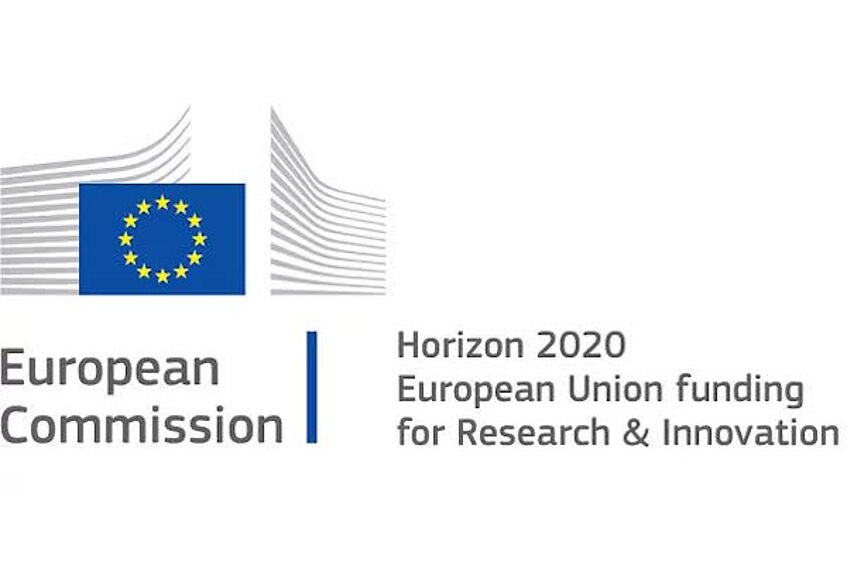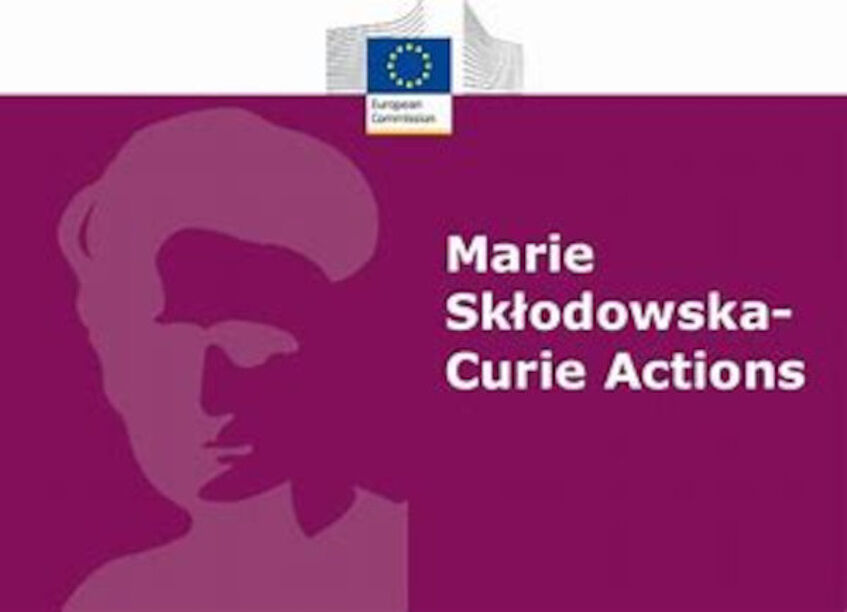Evolutionary history and ecological adaptations of ammonia oxidizing Thaumarchaeota
Ammonia oxidizing archaea (AOA), a clade of the Thaumarchaeota phylum, diversified in a variety of marine and terrestrial environments. Due to their abundance, AOA are deemed major players in the global cycle of nitrogen. They also produce greenhouse gasses. Despite their ecological importance, the nature and origin of ammonia oxidizing metabolism and the reasons for the ecological success of AOA are still unknown. This project aims at performing the first comprehensive evolutionary and comparative genomic analysis of Thaumarchaeota to identify crucial metabolic and genomic features. Metagenomic data produced in the laboratory will give access to genomes of crucial taxa for this project. These genomes will be completed, and analysed together with AOA genomes available in the databanks with a sophisticated model of genome evolution to reconstruct the species tree of Thaumarchaeota and the events (gene duplications, transfers and losses) that occurred along their evolution. The genome of the AOA's ancestor will be inferred, and the minimal gene set required for ammonia oxidation identified. The sets of evolutionary events and the ancestral genome will be linked to metabolic and ecological transitions to obtain the scenario of ammonia oxidation emergence and of the adaptation of AOA to various environments, thus addressing key questions in the fields of ecology, evolution, and archaea biology.
Duration: 01.04.2016 - 31.03.2018
Funding agency: European Commission H2020 - Marie Sklodowska-Curie actions
Proponent: Christa Schleper
Participant: Sophie Abby


